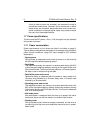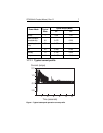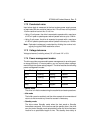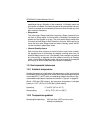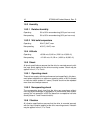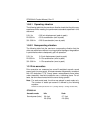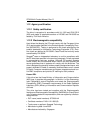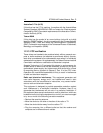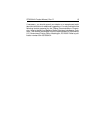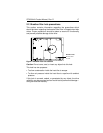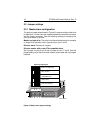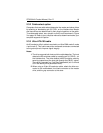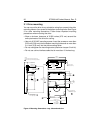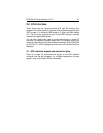
14 ST320014A Product Manual, Rev. D
Australian C-Tick (N176)
If this drive has the C-Tick marking, it complies with the Australia/New
Zealand Standard AS/NZS3548 1995 and meets the Electromagnetic
Compatibility (EMC) Framework requirements of the Australian Commu
-
nication Authority (ACA).
Taiwan BSMI
If this drive has the symbol of an arrow inside a circle with a six-digit
identifier (D33027) below it, the drive complies with the Chinese National
Standard (CNS) 13438 and meets the Electromagnetic Compatibility
(EMC) Framework requirements of the Taiwanese Bureau of Standards,
Metrology and Inspection (BSMI).
1.12.3 FCC verification
These drives are intended to be contained solely within a personal com-
puter or similar enclosure (not attached as an external device). As such,
each drive is considered to be a subassembly even when it is individually
marketed to the customer. As a subassembly, no Federal Communications
Commission verification or certification of the device is required.
Seagate Technology LLC has tested this device in enclosures as de-
scribed above to ensure that the total assembly (enclosure, disc drive,
motherboard, power supply, etc.) does comply with the limits for a Class
B computing device, pursuant to Subpart
J, Part 15 of the FCC rules.
Operation with noncertified assemblies is likely to result in interference
to radio and television reception.
Radio and television interference. This equipment generates and
uses radio frequency energy and if not installed and used in strict
accordance with the manufacturer’s instructions, may cause interfer
-
ence to radio and television reception.
This equipment is designed to provide reasonable protection against
such interference in a residential installation. However, there is no
guarantee that interference will not occur in a particular installation. If
this equipment does cause interference to radio or television, which can
be determined by turning the equipment on and off, you are encouraged
to try one or more of the following corrective measures:
• Reorient the receiving antenna.
• Move the device to one side or the other of the radio or TV.
• Move the device farther away from the radio or TV.
• Plug the computer into a different outlet so that the receiver and
computer are on different branch outlets.



